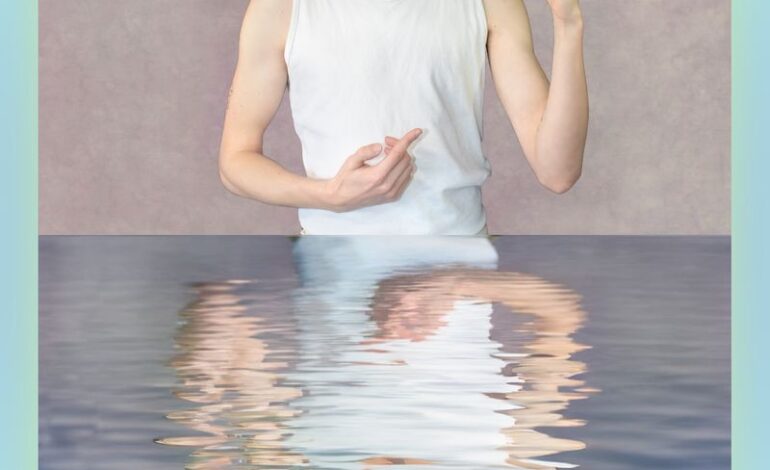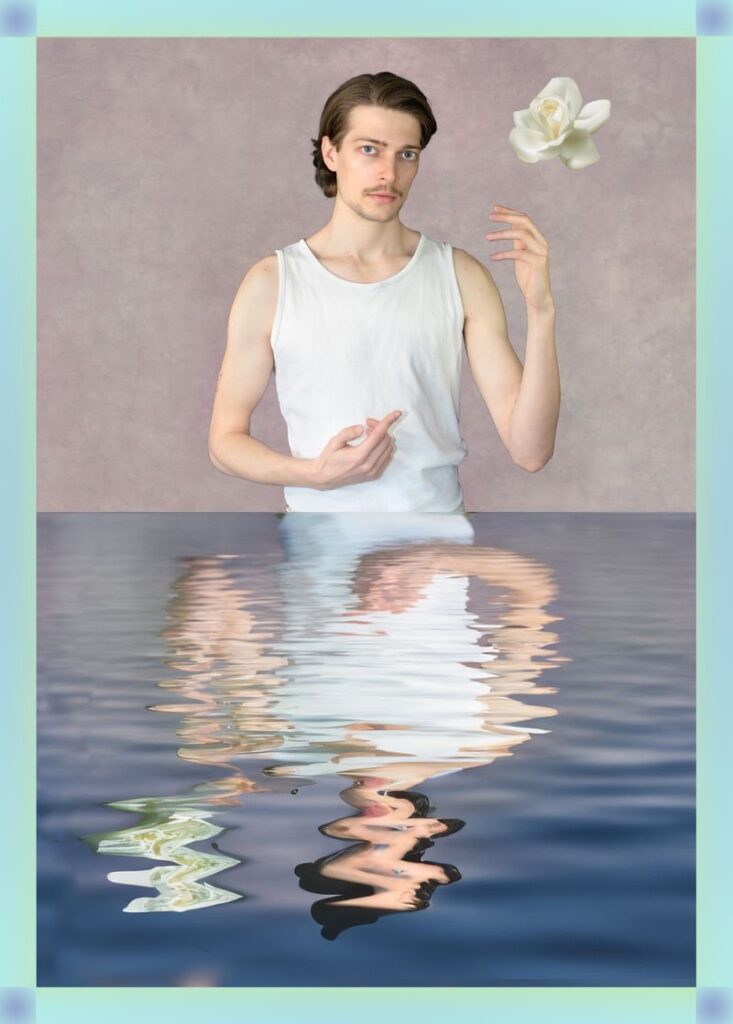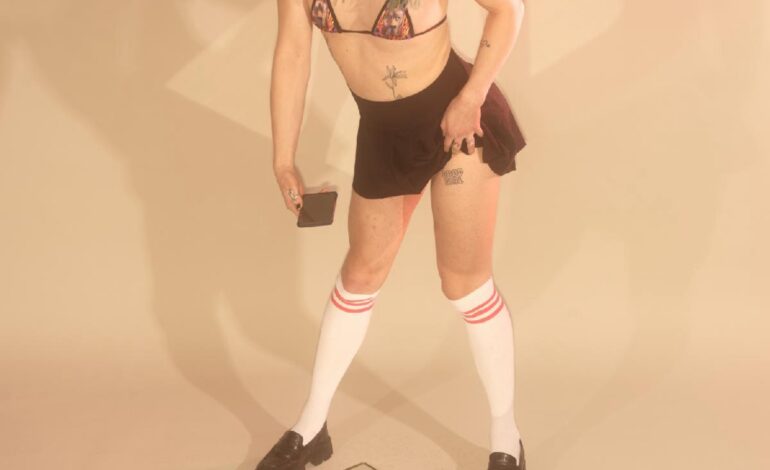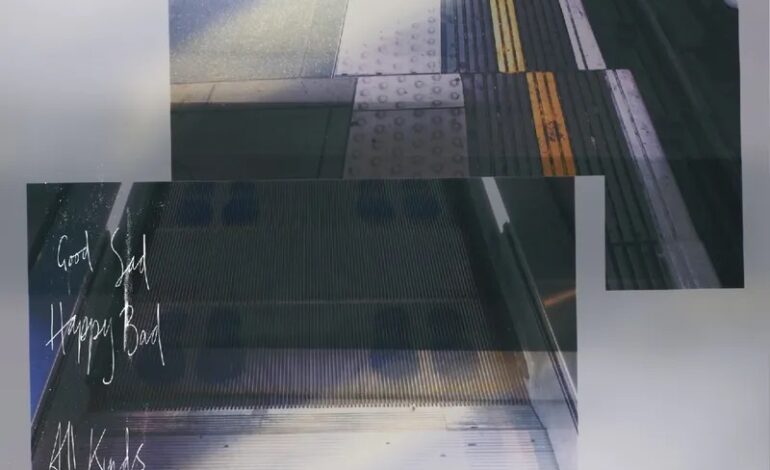Interview with Timbeau: The Synth-Pop Visionary Captures a Masterpiece in “Diorama”

A Bit About Timbeau (check out our interview below)

Berlin-based synth-pop artist Timbeau unveils a cinematic wonder with his latest single “Diorama”, a track that feels as intricate and evocative as its title suggests. Accompanied by a stunning stop-motion video, this piece is more than music—it’s an immersive journey through the fragmented and fluid facets of self-perception. Released ahead of his sophomore album “Sensitiv” (out now via Treibender Teppich), Timbeau proves himself a master of merging sound and storytelling.
“Diorama” is a song that examines the push-and-pull between self-reflection and external pressures. Through introspective lyrics like “I can’t bend, no, I can’t bend, I see too many crooked people, I’d hate to be one of them,” Timbeau crafts a portrait of individuality that is both defiant and vulnerable. The diorama metaphor—a confined ecosystem of evolving self-identity—frames the narrative, allowing the listener to peer into a complex and often uncomfortable world of self-criticism and self-preservation.
Musically, “Diorama” is a perfect fusion of modern pop with Neue Deutsche Welle (NDW) influences, reminiscent of early 80s German synth sounds, blended seamlessly with indie post-punk and disco elements. The production is sleek yet raw, delivering an authentic emotional resonance. Cleverly phrased lyrics counterbalance the song’s weighty themes with sharp wit, avoiding melodrama and grounding the piece in realism.
Timbeau’s artistry extends beyond sound—he’s a visual storyteller whose meticulous attention to detail is evident in the accompanying stop-motion video. Each frame captures the haunting beauty of stillness, memory, and the cyclical reinvention of self. The video is not merely an accompaniment but a crucial extension of the song’s narrative, offering a visual diorama to complement the auditory experience.
Describing his style simply as “pop,” Timbeau redefines the genre. His music is a kaleidoscope of influences, where synth-pop meets German indie, and disco flirts with post-punk. It’s accessible yet layered, tackling themes like mental health and critical masculinity with a mix of humor and unflinching honesty. Singing in German, Timbeau embraces the “cringe” of his native language, turning it into an instrument of emotional authenticity.
Following his debut album “Wundersam,” Timbeau has evolved from DIY bedroom pop to collaborative, full-band productions in “Sensitiv.” The new album promises a deeper dive into Timbeau’s artistry, blending introspection with innovation.
With “Diorama,” Timbeau proves he’s not just a musician but a creator of worlds. Whether through his evocative lyrics, genre-defying sounds, or striking visuals, he invites us to step inside his ever-evolving diorama—a place where personality, self-reflection, and art intertwine. This is pop reimagined, and it’s simply mesmerizing. Check it out below:
INTERVIEW
1. Your music blends synthpop, Neue Deutsche Welle, and indie postpunk with disco influences. How do you balance such distinct genres while keeping your sound intimate and authentic?
There was definitely a phase during the production process where I was skeptical about the overall coherence of the album. But that was more due to the fact that I recorded half of the songs with my band and the other half at home, which naturally led to different sound spheres. I’m very happy with the result – it’s a kind of mixture of cozy bedroom pop and real studio experience with the whole band. But it took some time and eventually the mixing process to leave the distinctive thoughts behind me.
2. You tackle heavy themes like mental health and critical masculinity with humor and accessibility. How do you find that balance between serious topics and light-hearted expression, especially in your upcoming album ‘Sensitiv’?
Yeah. Well, it’s not heavy for me. And certainly not for many others either. It’s just there and omnipresent, but still taboo. I think the “balance” comes naturally when you are fragile and also know how to play instruments.
3. You’ve described embracing the ‘cringe-feeling’ of the German language in your lyrics. What inspires you to celebrate this aspect of the language, and how do you think it enhances your storytelling?
Music is one way to work with the strange and sometimes ugly face underneath the everyday mask. You can’t fool your music, at least if it’s not treated like a product from the start. There are aesthetic ideas on the one hand and the visage on the other. The friction in between and the resulting compromises are extremely valuable imo, but it sometimes requires a naked or less clothed version of yourself. I’m tired of the inflationary use of the term ‘cringe’ anyway.
4. Your music videos are known for their attention to detail and visual storytelling. How important is the visual aspect of your music, and can you share how this influences the creative process of your live performances?
That has nothing to do with our live performance so far. It’s just that I discovered acting as a side passion through the music videos. It’s become very important, as my control center now inserts moving images into almost every song I work on.





1 Comment
uk3w7m